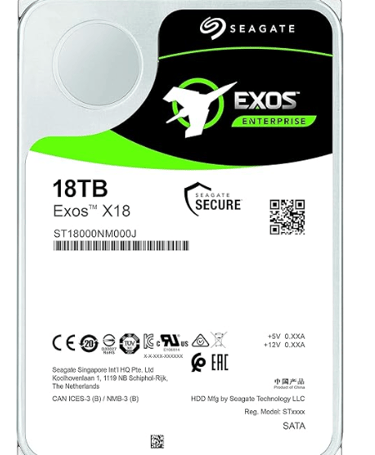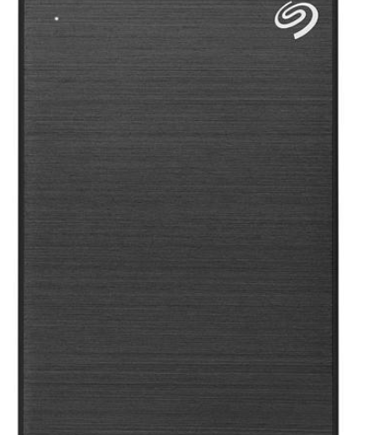The SSD Encyclopedia: Unlocking the Secrets of Modern Storage
ELECTRONICS
4/2/20253 min read


In the age of data-hungry applications, lightning-fast boot times, and seamless multitasking, SSDs (Solid-State Drives) have reshaped how we think about computer storage. Whether you're upgrading your laptop, configuring a high-end gaming rig, or enhancing server infrastructure, SSDs offer unmatched speed, reliability, and efficiency.
Let’s dive into the full spectrum of SSD technology—from form factors and interfaces to installation, performance, maintenance, and beyond.
Understanding What an SSD Is
An SSD is a type of storage device that uses flash memory to store data. Unlike traditional HDDs (Hard Disk Drives), SSDs have no moving parts, resulting in faster performance and improved durability.
Why SSD Over HDD?
Speed: SSDs offer dramatically faster read/write speeds.
Durability: No moving parts mean better resistance to shock and heat.
Noise: SSDs are virtually silent.
Power Consumption: Lower than HDDs, ideal for laptops.
Types and Interfaces of SSDs
SATA SSDs
These are the most common and affordable SSDs. The form factor is typically 2.5 inches.
Examples: Kingston A400, ADATA SU650, Patriot Burst
Speeds: Up to 550MB/s (read)
M.2 SATA vs M.2 NVMe SSDs
M.2 is a compact form factor, but it supports different interfaces:
M.2 SATA: Same speed as regular SATA.
M.2 NVMe (PCIe): Significantly faster; suitable for power users.
Popular Models:
Samsung 980 PRO
Patriot Viper RGB
WD Blue SN550
PCIe SSDs and Add-On Cards
Some SSDs connect via PCIe slots directly to the motherboard:
Examples: Asus PCIe SSD, Samsung EVO NVMe
Uses: High-performance computing, gaming
External and Portable SSDs
Ideal for backups and mobile workstations:
Samsung T5
Sandisk Extreme Portable
WD My Passport SSD
SSD Form Factors Explained
2.5-Inch: Standard for desktops/laptops.
M.2 (2242, 2280, 22110): Numbers indicate size.
mSATA: Older, mini form for netbooks/ultrabooks.
PCIe Add-In Cards: High-end servers/gaming rigs.
Popular SSD Brands & Models
Samsung: 850 PRO, 860 EVO, 980 PRO
WD: Blue 250GB, Green 120GB
ADATA: SU650, SP580
Kingston: A400, HyperX Fury
Patriot: Burst, Viper
Apacer, Netac, Smartbuy, Micron
How to Choose the Right SSD
Factors to Consider:
Capacity: 120GB to 4TB based on usage.
Interface: SATA, NVMe, PCIe.
Form Factor: Ensure compatibility with your device.
Endurance & Lifespan: Look for TBW (Terabytes Written).
Price vs Performance: Balance budget with speed needs.
SSD Compatibility with Devices
Laptops: Check BIOS support, slot availability.
Desktops: Compatible with SATA and M.2 PCIe slots.
MacBooks: Use Apple-specific SSDs or upgrade kits.
PS4/PS5: Support SATA 2.5" or specific M.2 drives.
How to Install an SSD
Tools Required: Screwdriver, SATA cable, M.2 screws.
Mounting: Secure 2.5" or M.2 drive properly.
BIOS Settings: Enable AHCI, detect SSD.
OS Installation: Use Windows 10/11 USB installer.
Migrating Your OS to an SSD
Methods:
Acronis True Image
Macrium Reflect
AOMEI Backupper
Steps:
Clone HDD to SSD.
Set SSD as boot drive.
Remove old drive or reformat.
Troubleshooting Common SSD Issues
SSD Not Detected in BIOS: Check cables, M.2 compatibility.
Slow Speeds: Align partitions, enable AHCI, update firmware.
Windows Not Detecting SSD: Reinitialize via Disk Management.
Error Messages: Use diagnostic tools (CrystalDiskInfo, Victoria HDD, SMART tools).
Performance Testing & Optimization
Tools: AS SSD Benchmark, Blackmagic Disk Speed Test
Windows Optimization: Disable Superfetch, defrag, and indexing.
Temperature Monitoring: Keep SSD below 70°C; consider heatsinks for M.2.
SSD Maintenance and Lifespan
TRIM Command: Enabled by default on Windows 10+.
Firmware Updates: Use manufacturer software.
Endurance: Typical SSDs last 3-5 years with normal use.
External SSDs for Backup and Travel
Use Cases: Gaming, photography, mobile work.
Top Models: Samsung T5/T7, SanDisk Extreme, WD Elements SE
Capacity Range: 250GB to 4TB
SSDs for Gaming and Creative Work
Faster Load Times: Games like Tarkov benefit.
Smooth Playback: 4K video editing is snappier.
Recommended Setups: RAID 0 SSDs, dedicated cache drives.
SSDs for Older Systems and Laptops
Upgrade old HDD laptops with 120GB-256GB SSDs.
Netbooks (e.g., ASUS Eee PC, Acer Aspire One): Use mSATA or M.2 SATA SSDs.
Boot faster and extend life without changing the whole system.
SSD Cooling and Thermal Management
M.2 Heatsinks: Essential for NVMe drives.
Thermal Pads: Reduce throttling.
Fan Positioning: Ensure airflow.
Data Recovery and Secure Erase
Use tools like EaseUS or R-Studio for recovery.
Secure erase via BIOS or SSD Toolbox.
SSD Price Comparison and Where to Buy
Yandex Market, DNS Shop, e-Katalog: Local price checks.
Aliexpress, Amazon, Mvideo, Citilink: International options.
Check Ratings: Look for high TBW, warranty.
Conclusion: The Future Is Solid
As SSD technology evolves, prices drop, and speeds climb. Whether for casual users, gamers, content creators, or enterprise needs, the right SSD can transform your computing experience.
Contact Leonwholesale
📞 WhatsApp: +8618136773114
📧 Email: leonxu0317@gmail.com
#SSD #NVMe #SolidStateDrive #M2SSD #LaptopUpgrade #SSDInstallation #SamsungSSD #KingstonA400 #WDGreen #ADATA #SSDOptimization #SSDGuide #Leonwholesale


